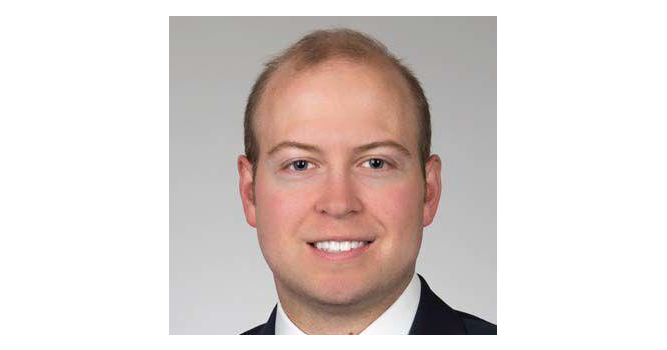Navigating the Neurological Vision Landscape: The Transformative Work of Dr. Sobash
Navigating the Neurological Vision Landscape: The Transformative Work of Dr. Sobash
Blog Article
Dr. Philip Sobash's medical journey in vision science signifies a profound change inside our knowledge of aesthetic perception. His perform has ignited a neurological vision revolution, demanding existing paradigms and starting new avenues for research and treatment. This information considers the development of Dr. Sobash's contributions and their major effect on the field.
A Paradigm Shift in Vision Technology
Traditionally, perspective technology concentrated on the framework and purpose of the eyes and their primary connections to visual perception. Researchers primarily concentrated on how aesthetic stimuli are caught and given through the optic nerve to the brain. Dr. Sobash, nevertheless, has expanded this method by focusing the position of neural handling in surrounding aesthetic experiences. His pioneering research delves in to the brain's elaborate aesthetic pathways, using advanced imaging methods and computational versions to learn how visual data is interpreted and processed.
Mapping the Brain's Visual Pathways
One of Dr. Sobash's substantial contributions could be the development of a comprehensive place of the brain's visual pathways. By combining high-resolution neuroimaging with revolutionary computational methods, he has charted the complicated avenues that visual information takes as it moves from the retina to various brain regions. That detailed mapping has exposed previously not known connections and interactions, providing new insights in to how various regions of the mind contribute to visual perception.
Targeted Interventions for Visible Disorders
Dr. Sobash's study in addition has resulted in the identification of specific neural mechanisms underlying visible disorders. As an example, his function has uncovered how abnormalities using neural tracks may subscribe to conditions such as aesthetic agnosia and cortical blindness. This groundbreaking information has smooth just how for the progress of targeted interventions aimed at fixing or compensating for these neural deficits. His strategy not merely improves our comprehension of visible problems but in addition offers realistic answers for increasing individual outcomes.
Bridging Perspective and Cognitive Functions
Still another groundbreaking aspect of Dr. Sobash's work is his exploration of the junction between perspective and cognitive processes. His research demonstrates that aesthetic notion isn't merely an inactive reception of outside stimuli but a dynamic method influenced by attention, memory, and expectation. This new perception has substantial implications for managing cognitive-related visual impairments and developing more efficient rehabilitation strategies.
Fostering Interdisciplinary Collaboration
The affect of Dr. Sobash's journey runs beyond clinical discovery; it has fostered larger interdisciplinary collaboration. By linking the distance between neurology and vision research, he encourages unions between experts, physicians, and technology developers. That collaborative nature pushes creativity in both study methodologies and therapeutic methods, developing the field and benefiting patients.

Realization
In summary, Dr. Philip Sobash's medical journey represents a revolution in neurological vision research. His innovative work has developed our comprehension of aesthetic understanding and led to useful improvements in the treating visible disorders. As his study continues to evolve, it promises to create further inventions and deepen our understanding of how the brain functions and interprets visible information.
Report this page